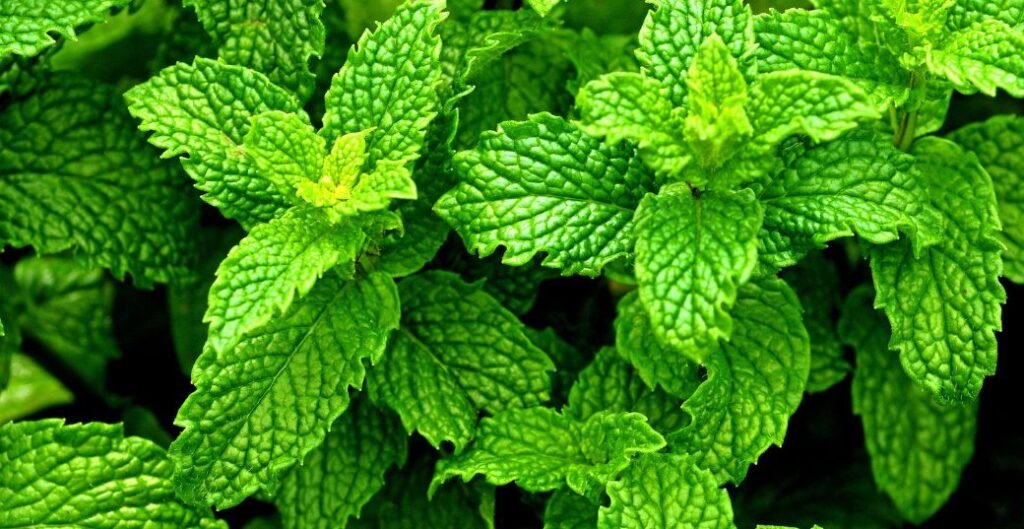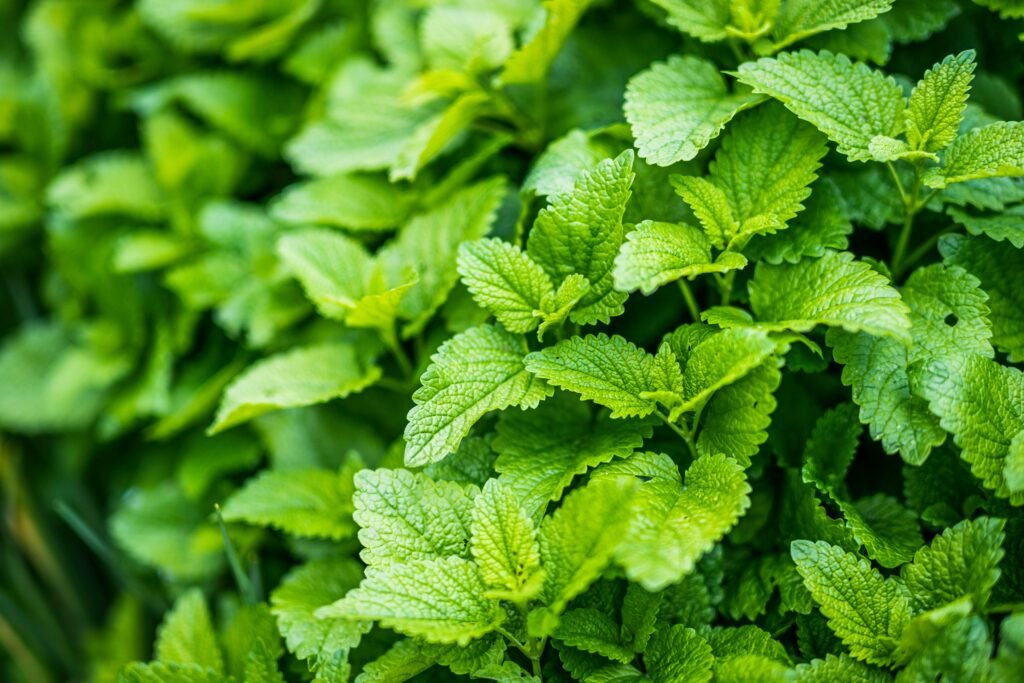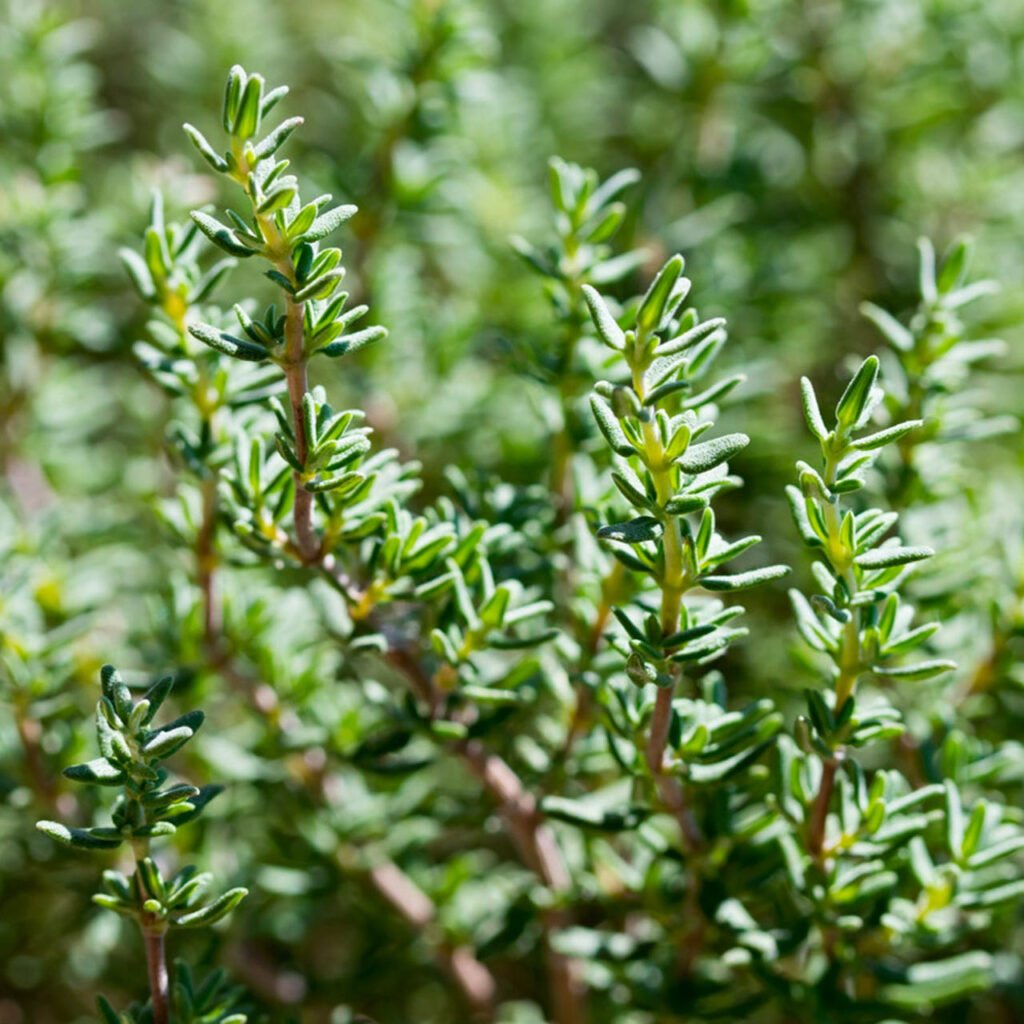
10 Best Healing Herbs for Your Home Herbal Apothecary
Creating your own herbal apothecary is a great way to tap into the healing power of nature. By using herbs in your home, you can address a variety of common ailments and support your overall wellness. Here’s a comprehensive guide to 10 essential herbs for your collection, including their uses, properties, preparation methods, and dosing guidelines.
1. Lavender (Lavandula angustifolia)
Uses: Lavender is well-known for its ability to calm the mind and promote relaxation. Its soothing properties are often used to reduce stress, anxiety, and promote restful sleep. It can also help with headaches, tension, and skin irritations like bug bites or minor burns. Lavender’s versatility makes it an essential addition to your apothecary.
Healing Properties: Lavender has antiseptic, anti-inflammatory, and calming properties. It’s effective for soothing nerves, reducing pain, and promoting skin healing.
Preparation: Lavender is most commonly used as a tea, essential oil, or infused into oils and lotions. To make lavender tea, steep 1-2 teaspoons of dried lavender flowers in boiling water for 5-10 minutes. For a relaxing bath, add a few drops of lavender essential oil to your bathwater, or dilute it in a carrier oil (like coconut or olive oil) to apply to your skin.
Dosing: Drink 1-2 cups of lavender tea before bed to promote restful sleep. When using lavender essential oil in a diffuser, 3-4 drops are usually sufficient. For topical use, dilute 1-2 drops of lavender essential oil in a carrier oil and apply it to your temples or pulse points. For skin irritation, you can apply a 2% lavender oil dilution to the affected area.

Amazon Link (dry flower) –> https://amzn.to/4kJdb5W
Amazon Link (lavender bulbs) –> https://amzn.to/41JmV7s
2. Peppermint (Mentha piperita)
Uses: Peppermint is one of the most widely used herbs for digestive issues. It helps soothe bloating, nausea, indigestion, and gas. It is also useful for headaches and muscle aches when applied topically in diluted form. In addition, peppermint can be a mood booster, energizing and refreshing the mind.
Healing Properties: Peppermint is an antispasmodic (relieves cramps), digestive stimulant, anti-inflammatory, and analgesic (pain reliever).
Preparation: Peppermint is easy to prepare as a tea or used in essential oil form for topical application. To make peppermint tea, steep 1 tablespoon of fresh or dried leaves in hot water for 5-10 minutes. For muscle pain or headaches, use diluted peppermint essential oil (1-2 drops in a tablespoon of carrier oil) and apply it to the temples or sore muscles.
Dosing: Drink 1-2 cups of peppermint tea throughout the day to relieve digestive discomfort. For headaches, apply diluted peppermint oil to the temples, forehead, or back of the neck for relief. When using essential oil for muscle pain, apply the oil blend 2-3 times per day to the affected area.

Amazon Link (peppermint leaf) –> https://amzn.to/3DBtOQr
3. Echinacea (Echinacea purpurea)
Uses: Echinacea is primarily used to enhance immune function, helping to fight off colds, flu, and upper respiratory infections. It may reduce the duration of cold symptoms and improve your body’s natural defenses against viruses and bacteria. Echinacea is best used as a preventative measure during cold and flu season or at the first signs of illness.
Healing Properties: Echinacea boosts the immune system, has antibacterial and antiviral effects, and acts as an anti-inflammatory.
Preparation: Echinacea is most commonly consumed as a tincture or in tea. To make an echinacea tea, steep 1-2 teaspoons of dried root or flowers in boiling water for 10-15 minutes. Echinacea tinctures can be found at health food stores, and you can take 1-2 ml per dose.
Dosing: For immune support, take echinacea tincture (1-2 ml) 3 times daily at the first signs of illness. For tea, drink 1-2 cups daily during cold season or when you feel run down. It’s best to avoid long-term use of echinacea—typically, use it for up to 10 days at a time, followed by a break.
Amazon Link –> https://amzn.to/4iJ3NgL

4. Chamomile (Matricaria chamomilla)
Uses: Chamomile is renowned for its ability to promote relaxation and sleep. It’s ideal for people suffering from anxiety, insomnia, and digestive issues like bloating and indigestion. Chamomile’s mild, gentle nature makes it suitable for children and adults alike. It also works as a mild anti-inflammatory and skin-healing herb.
Healing Properties: Chamomile is anti-inflammatory, calming, and a digestive aid. It can soothe digestive issues like indigestion, bloating, and cramps, while also promoting a sense of peace and relaxation.
Preparation: Chamomile is most commonly made into a soothing tea by steeping 1-2 teaspoons of dried flowers in hot water for 5-10 minutes. Chamomile can also be applied topically in a diluted oil form to treat minor skin irritations.
Dosing: For sleep or anxiety, drink 1-2 cups of chamomile tea before bedtime. Chamomile can also be applied to the skin in a diluted oil form for rashes, minor burns, or irritation. For skin use, dilute chamomile oil to 2-3% and apply 2-3 times a day.
Amazon Link –> https://amzn.to/3DAiIv6

5. Aloe Vera (Aloe barbadensis miller)
Uses: Aloe vera is a must-have herb for skin care, known for its ability to soothe burns, sunburns, and minor cuts. It’s also beneficial internally, as it helps with digestive issues, including acid reflux, constipation, and gastritis. Aloe vera juice is commonly used to detoxify the body and support gut health.
Healing Properties: Aloe vera is healing, anti-inflammatory, moisturizing, and antimicrobial.
Preparation: Aloe vera can be used topically as fresh gel directly from the plant or in creams and lotions. For internal use, purchase aloe vera juice, but make sure it’s specifically labeled as safe for ingestion.
Dosing: Apply fresh aloe vera gel directly to sunburns, burns, or minor cuts as needed. For internal use, 1-2 ounces of aloe vera juice daily is sufficient for digestive health, but always follow the manufacturer’s instructions to avoid potential side effects like diarrhea.

Amazon Link –> https://amzn.to/3Duvmf3
6. Calendula (Calendula officinalis)
Uses: Calendula is best known for its skin-healing properties, often used in creams, salves, and oils for cuts, scrapes, and rashes. It’s also helpful in treating menstrual cramps and digestive discomfort. Calendula is a gentle herb that supports skin health and helps soothe inflammation and irritation.
Healing Properties: Calendula is an anti-inflammatory, antimicrobial, and wound-healing herb.
Preparation: Calendula is most commonly prepared as a salve or oil infusion. To make a calendula oil infusion, soak dried calendula flowers in a carrier oil (like olive or sunflower oil) for 2-3 weeks, then strain the flowers out. It can also be used in teas or tinctures.
Dosing: Apply calendula-infused oil or salve to cuts, rashes, or irritated skin 2-3 times daily. For menstrual cramps, drink 1-2 cups of calendula tea daily leading up to and during your cycle.
Amazon Link –> https://amzn.to/41XOP0X

7. Ginger (Zingiber officinale)
Uses: Ginger is widely used to treat nausea, indigestion, and bloating. It has also been shown to reduce inflammation and relieve pain, making it a helpful herb for arthritis and muscle aches. Ginger can be consumed as a tea, added to food, or used in its essential oil form for topical pain relief.
Healing Properties: Ginger is anti-inflammatory, digestive, and analgesic.
Preparation: Fresh ginger root can be steeped to make tea by adding 1-2 slices of fresh ginger to hot water. You can also add ginger to smoothies, soups, and stir-fries for digestive support. For muscle pain, ginger essential oil can be diluted in a carrier oil and applied to sore muscles.
Dosing: Drink 1-2 cups of ginger tea daily for digestive health or nausea relief. You can also add 1-2 teaspoons of fresh grated ginger to your meals or smoothies. For topical use, apply diluted ginger oil (1-2 drops in a tablespoon of carrier oil) to sore areas 2-3 times daily.
Amazon Link –> https://amzn.to/4ineXbi

8. Lemon Balm (Melissa officinalis)
Uses: Lemon balm is a member of the mint family and is known for its ability to reduce anxiety, promote relaxation, and support digestion. It’s often used to relieve stress, insomnia, and mild digestive issues like bloating and indigestion.
Healing Properties: Lemon balm is calming, antiviral, and a digestive aid.
Preparation: Lemon balm is best used in teas. Steep 1-2 teaspoons of dried lemon balm leaves in hot water for 5-10 minutes. It can also be used as a tincture or in topical preparations.
Dosing: For relaxation and digestive support, drink 1-2 cups of lemon balm tea daily. For stress relief or insomnia, consume 1-2 cups in the evening. Lemon balm tincture is typically taken 1-2 ml, 2-3 times daily.
Amazon Link –> https://amzn.to/3R1q9hL

9. Thyme (Thymus vulgaris)
Uses: Thyme is an excellent herb for respiratory health, often used to treat coughs, bronchitis, and sinus congestion. It has natural antimicrobial properties and supports the immune system. Thyme is also useful for digestive health, as it can help ease bloating and indigestion.
Healing Properties: Thyme is antiseptic, antimicrobial, and an expectorant.
Preparation: To use thyme for respiratory health, steep 1-2 teaspoons of dried thyme in hot water for 10 minutes. For respiratory relief, you can also inhale thyme steam or use thyme essential oil in a diffuser.
Dosing: Drink 1-2 cups of thyme tea per day to support respiratory health. For steam inhalation, add 3-4 drops of thyme essential oil to hot water and inhale for 10 minutes. Apply diluted thyme oil (1-2 drops in a carrier oil) for sore muscles.
Amazon Link –> https://amzn.to/4bGgYwI

10. St. John’s Wort (Hypericum perforatum)
Uses: St. John’s Wort is a powerful herb for supporting mood, particularly in cases of mild depression or anxiety. It has been shown to have antidepressant effects and is often used as an alternative to prescription medications for mood disorders. It can also be applied topically to promote wound healing.
Healing Properties: Antidepressant, anti-inflammatory, and antimicrobial.
Preparation: St. John’s Wort is typically used in tinctures or oils. For a tincture, steep 1 part dried herb in 2 parts alcohol for 2-3 weeks, shaking daily. It’s also available in capsules or oils.
Dosing: For mood support, take 1-2 ml of St. John’s Wort tincture 3 times daily. When using oil for topical use, apply to wounds or irritated skin up to 2-3 times daily.
Amazon Link –> https://amzn.to/4hph8Kc

Conclusion
These 10 herbs are powerful tools in any home herbal apothecary. Whether you’re addressing common ailments or maintaining overall wellness, these herbs offer natural, safe remedies for a variety of health concerns. By growing and preparing these herbs yourself, you gain control over your health and well-being while reconnecting with nature. Always consult with a healthcare professional before using herbs for medical purposes, especially if you’re pregnant, nursing, or taking other medications.